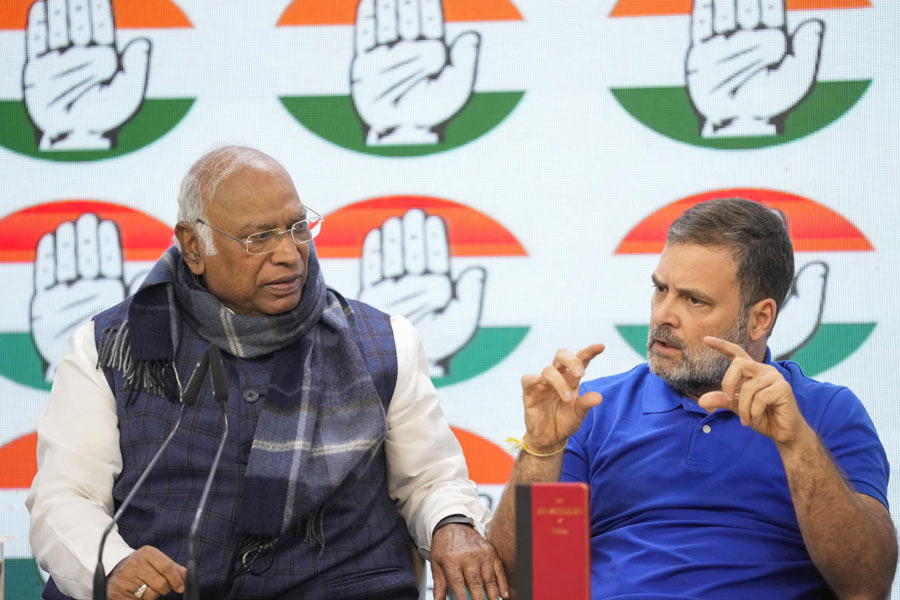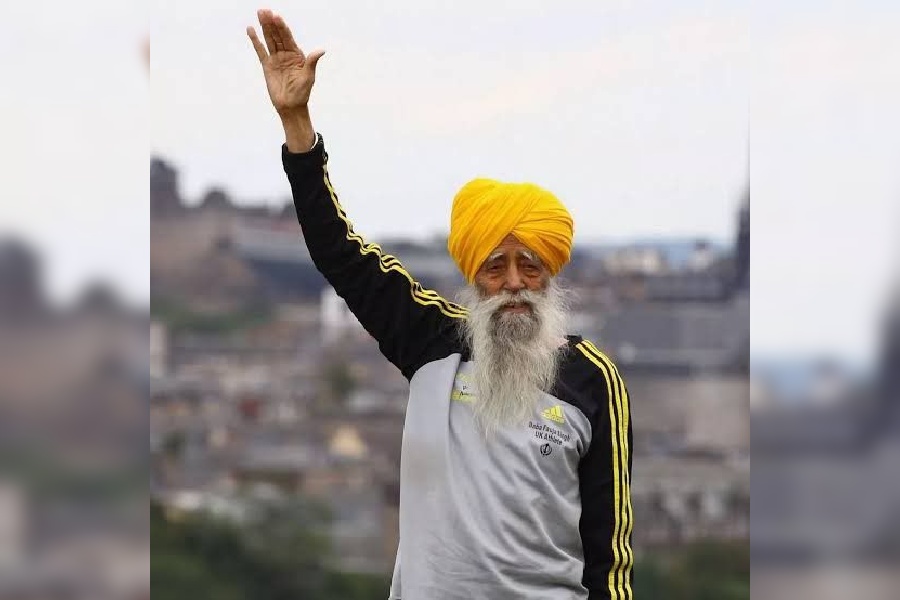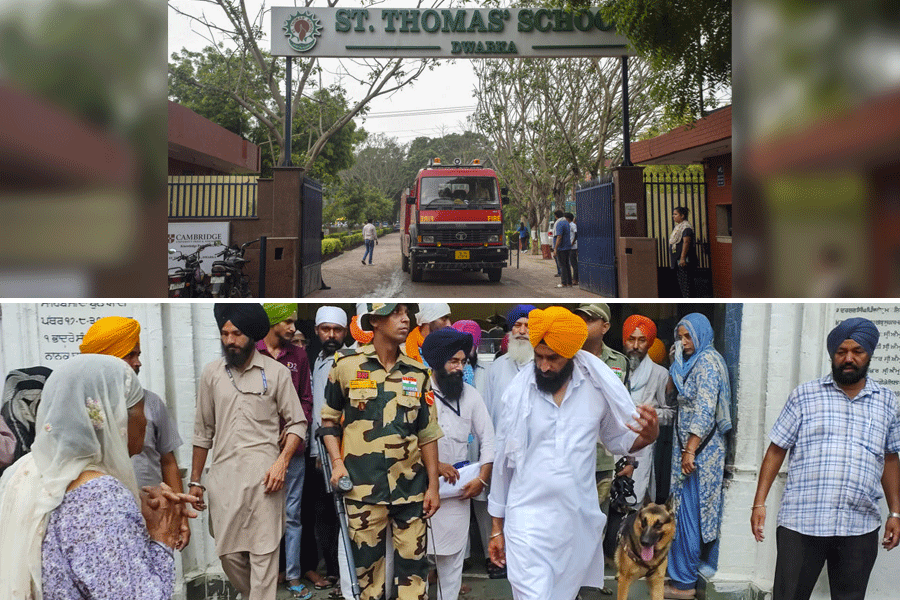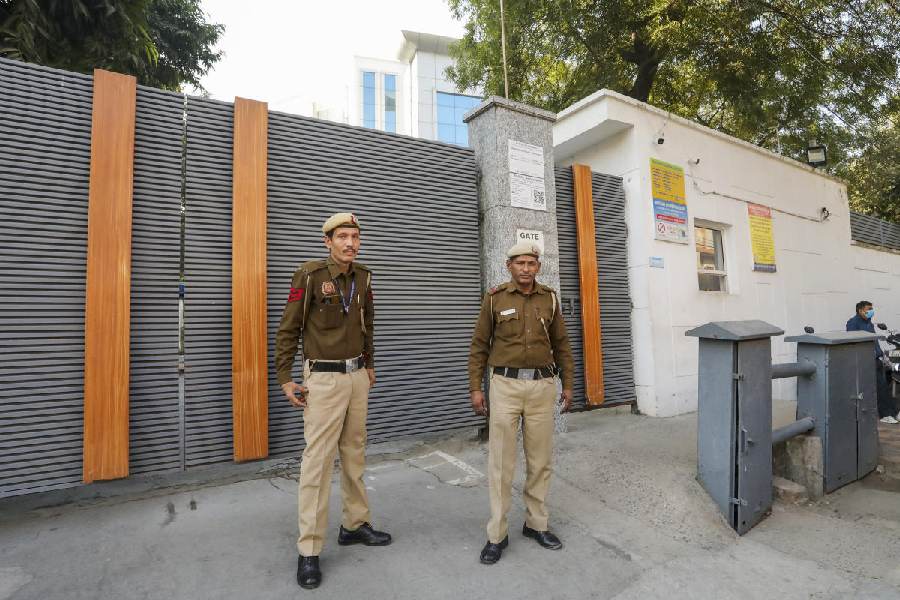New Delhi, Oct. 11: One in three Other Backward Class households across India maintains a lifestyle and assets representing the highest and second highest wealth brackets, the latest national family health survey has revealed.
While 36 per cent of OBC households are in the highest and second highest wealth quintiles, this proportion is 26 per cent for Scheduled Castes, and only 13 per cent for Scheduled Tribes, the NFHS 2006 has said. The proportion of general category households is 58.5 per cent.
“As far as economic status is concerned, the OBCs are much better off than the SCs or STs,” said Kamala Gupta, professor of urban studies at the International Institute of Population Sciences and chief co-ordinator of the survey.
The proportion of wealthy OBCs has become a controversial issue since the government announced last year it would introduce 27 per cent reservation for OBCs in educational institutions. While anti-reservation activists have been demanding a reservation system that takes into account wealth, the government has maintained that it is not in favour of excluding “creamy layer” OBCs from reservations.
“This data could be used to argue that there is a creamy layer within the OBCs,” said Rajni Palriwala, professor of sociology at the University of Delhi.
The findings are consistent with other surveys that suggest that the general category dominates the highest wealth quintiles, followed by the OBCs, SCs, and STs, in that sequence, Palriwala said.
The survey covering some 100,000 households also found that 40 per cent belong to OBCs, 19 per cent to SCs and 8 per cent to STs. The proportion of the OBCs has increased from 32 per cent in the last NFHS 1999.
“The proportion of SC and ST households has more or less remained the same. We can’t say exactly why the OBC proportion is higher. It may be because of higher fertility or because more people are now claiming OBC status,” Gupta said.
Instead, the survey has shown that the total fertility rate — the average number of children per woman in reproductive age group — is the highest among STs (3.12), followed by SCs (2.92) and the OBC groups (2.75).
Higher proportions of men and women from the OBC category have completed 12 years of schooling compared to men and women from SC and ST groups, the survey said.
The survey did not seek income information, but used a set of 33 assets and housing features to determine the lifestyle of a household. A car, a colour TV, a computer, a cot and an animal-drawn car were among assets evaluated. To assess housing, the survey analysed flooring and roofing, material of exterior walls, number of household members sleeping per room, among others.











